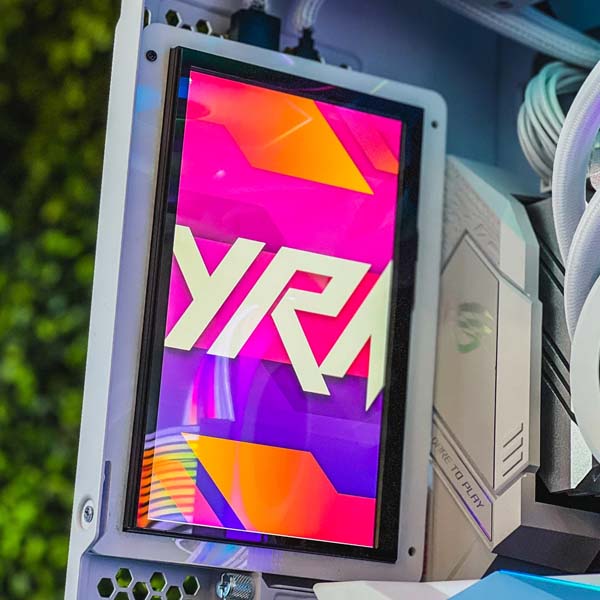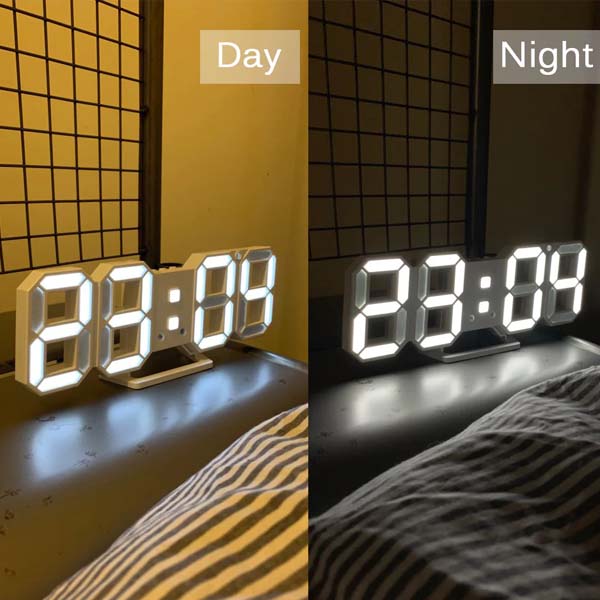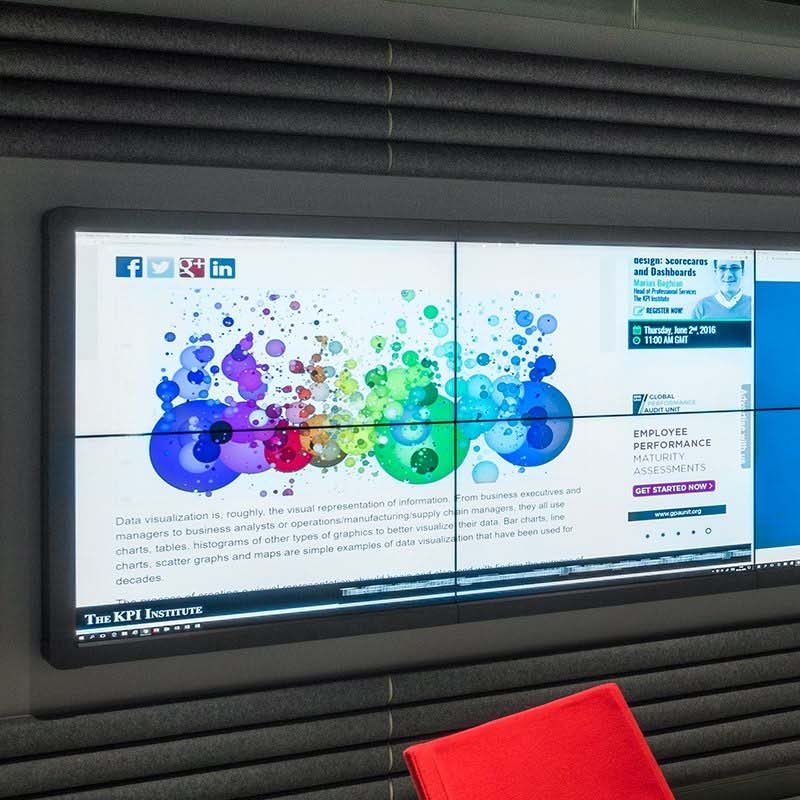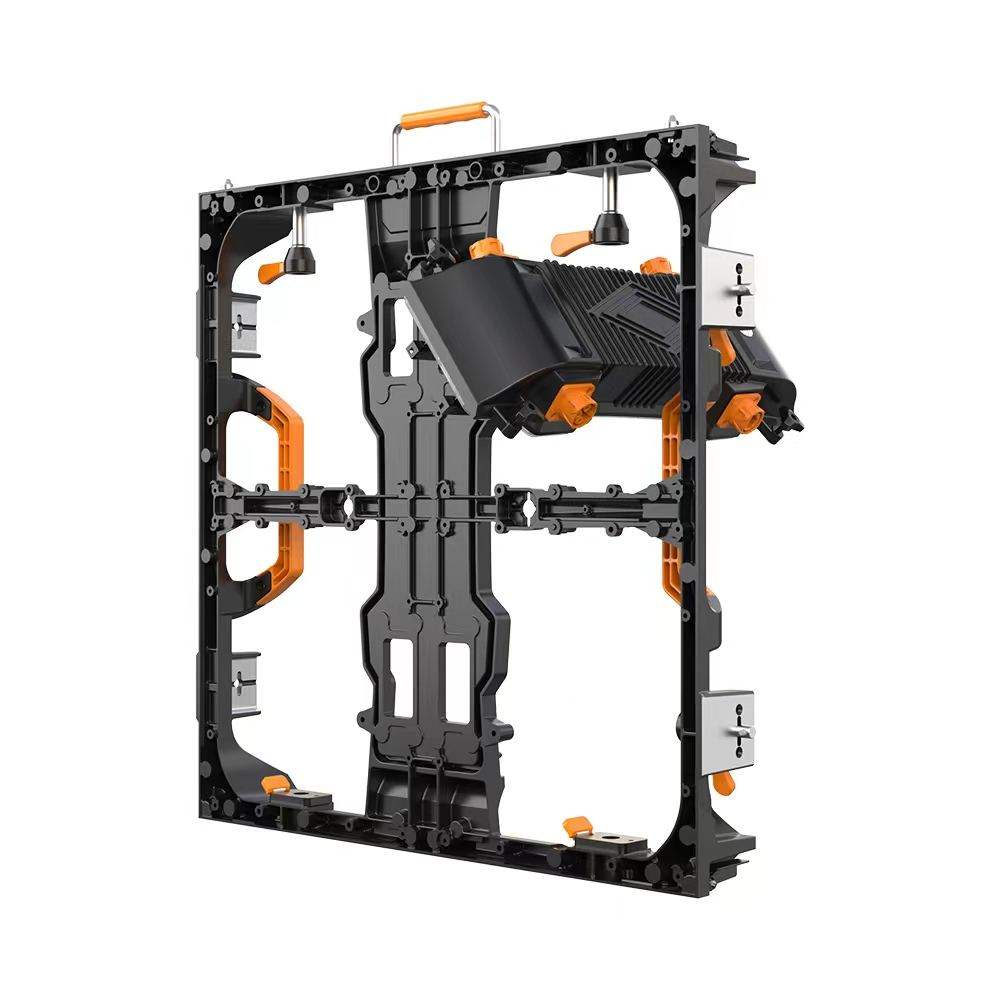LCD (Liquid Crystal Display) continues to dominate the mainstream of the display market due to its mature technology, excellent cost – effectiveness, and wide applicability. From daily office work to home entertainment, from in – vehicle devices to commercial displays, LCD displays meet the display needs of different scenarios with stable performance and diverse forms. Next, we will comprehensively analyze the key points for selecting LCD displays from dimensions such as technical principles, core characteristics, and application scenarios.

What is an LCD Display?
Based on the electro – optical effect of liquid crystals, an LCD display controls the deflection of liquid – crystal molecules through an electric current, adjusting the intensity and color of light passing through the liquid – crystal layer from the backlight, thus realizing image display. Its core structure consists of a liquid – crystal panel, a backlight, polarizing plates, and a drive circuit. The liquid – crystal panel, as the core component, contains two glass substrates with liquid – crystal materials sandwiched in the middle. The backlight provides the light required for display, and common types include CCFL (Cold Cathode Fluorescent Lamp) and LED (Light – Emitting Diode). Among them, LED backlights have become the mainstream due to their advantages such as energy – saving, thinness, and long lifespan. According to the arrangement and driving methods of liquid – crystal molecules, LCD can be divided into types such as TN (Twisted Nematic), IPS (In – Plane Switching), and VA (Vertical Alignment), each with different performance focuses.
Core Characteristics of LCD Displays
With mature manufacturing processes, LCD displays have a relatively low cost. Whether it is a small – sized screen for consumer electronics or a large – sized TV or monitor, they can provide stable display effects at an affordable price, catering to different budget requirements.
Benefiting from LED backlights and advanced liquid – crystal panel technologies, LCD displays can achieve high – resolution displays, from the common 1080P to 4K or even 8K. Coupled with a high refresh rate (up to 240Hz at most), whether it is daily office document processing, high – definition video playback, or e – sports games, they can present delicate and smooth images.
Through the optimization of backlight and liquid – crystal molecule control technologies, LCD displays have excellent color – reproduction capabilities. IPS panels are particularly good at accurately presenting rich colors and are suitable for professional fields with strict color requirements such as photography and design. VA panels are known for their high contrast, capable of showing deep blacks and bright whites, enhancing the picture’s sense of hierarchy.
The thin and lightweight characteristics of LCD displays make them easy to install and carry. Whether it is a large – screen TV wall – mounted on the wall or a small and portable laptop screen, they can easily fit into different usage scenarios. At the same time, their modular design supports multi – screen splicing, meeting the large – area display needs of commercial displays and monitoring centers.
Some LCD displays support touch functions. Combined with an intelligent operating system, they can achieve interactive operations and are widely used in scenarios such as educational touch – all – in – one machines and commercial touch – based query terminals, enhancing the human – machine interaction experience.
Application Scenarios of LCD Displays
In the office scenario, LCD monitors, with their high – resolution and eye – protection features, effectively improve work efficiency in document processing, data visualization, etc. Large – sized LCD splicing screens are often used in monitoring centers to achieve real – time multi – screen display and centralized management.
As the core device for home entertainment, LCD TVs, with a wide range of size options (32 inches – 100 inches +), high – quality images, and intelligent systems, meet diverse needs such as watching movies and playing games. At the same time, LCD displays are also widely used as external displays for devices such as game consoles and set – top boxes.
Applied to parts such as in – vehicle instrument panels and central control screens, LCD displays can adapt to complex environments such as high temperatures and vibrations with stable performance. Through high – definition displays, they provide functions such as navigation and multimedia entertainment, enhancing the driving experience.
In the commercial field, LCD advertising machines, digital signages, and other devices attract consumers’ attention through high – definition dynamic images. Transparent LCD displays can be used for window displays, realizing the integrated presentation of products and advertising content, enhancing the commercial promotion effect.
Precautions for Using LCD Displays
Avoid scratching the screen surface with sharp objects. Regularly use special screen – cleaning cloths and cleaning agents to remove dust and stains to prevent damage to the liquid – crystal panel caused by external forces or stains.
LCD displays are sensitive to temperature and humidity. Avoid using them for a long time in high – temperature and humid environments. At the same time, keep the usage environment well – ventilated to prevent internal circuits from being damaged by moisture.
Use a stable power supply, avoid frequent power – plugging and unplugging, or being affected by voltage fluctuations. A UPS uninterruptible power supply and a lightning – protection device can be equipped to extend the service life of the display.
Key Factors for Selecting LCD Displays
Panel Type
Select an appropriate panel according to the usage needs: IPS panels have accurate colors and a wide viewing angle, suitable for design, audio – visual entertainment; VA panels have a high contrast, suitable for watching movies and playing games; TN panels have a fast response speed but slightly inferior colors and viewing angles, suitable for e – sports scenarios that pursue extreme speed.
Display Parameters
Pay attention to parameters such as resolution (e.g., 4K, 8K), refresh rate (it is recommended to be above 144Hz for e – sports scenarios), brightness (300 – 500 cd/㎡ indoors, higher outdoors), and contrast (a static contrast of above 1000:1 is preferred) to ensure that the picture quality meets the needs of different scenarios.
Size and Aspect Ratio
Select the size according to the usage space and purpose. For example, office monitors are recommended to be 24 – 27 inches, and home TVs can be selected from 55 – 75 inches according to the viewing distance. At the same time, pay attention to the screen aspect ratio. The common 16:9 is suitable for watching movies, and the 21:9 ultra – wide – screen is suitable for multitasking and games.
Interface Configuration
Confirm that the display is equipped with common interfaces such as HDMI, DisplayPort, and USB to meet the connection needs of different devices such as computers, game consoles, and mobile devices. At the same time, support the latest interface standards (such as HDMI 2.1) to achieve high – bandwidth transmission.
Eye – protection Function
Choose products with eye – protection technologies such as low – blue light and DC dimming (no flicker) to reduce the harm to the eyes during long – term use, especially suitable for office and study scenarios.
After – sales Service
Give priority to brands that provide a warranty of more than 3 years and a fast after – sales response to ensure that the device can be repaired and receive technical support in a timely manner when a fault occurs, reducing the risk of use.
Suppliers of LCD Displays
As a senior manufacturer in the display industry, KSSDISPLAY has been deeply engaged in the field of LCD displays for many years and has an LCD product matrix covering all sizes and application scenarios. From high – performance IPS office monitors, 4K ultra – high – definition smart TVs, to customized commercial display solutions, KSSDISPLAY has provided high – quality display products for over 2000 enterprises and household users worldwide with strict quality control, cutting – edge technology research and development, and a complete after – sales service system. If you need to obtain product information, customized display solutions, or technical consultations, please feel free to contact the KSSDISPLAY team at any time!





